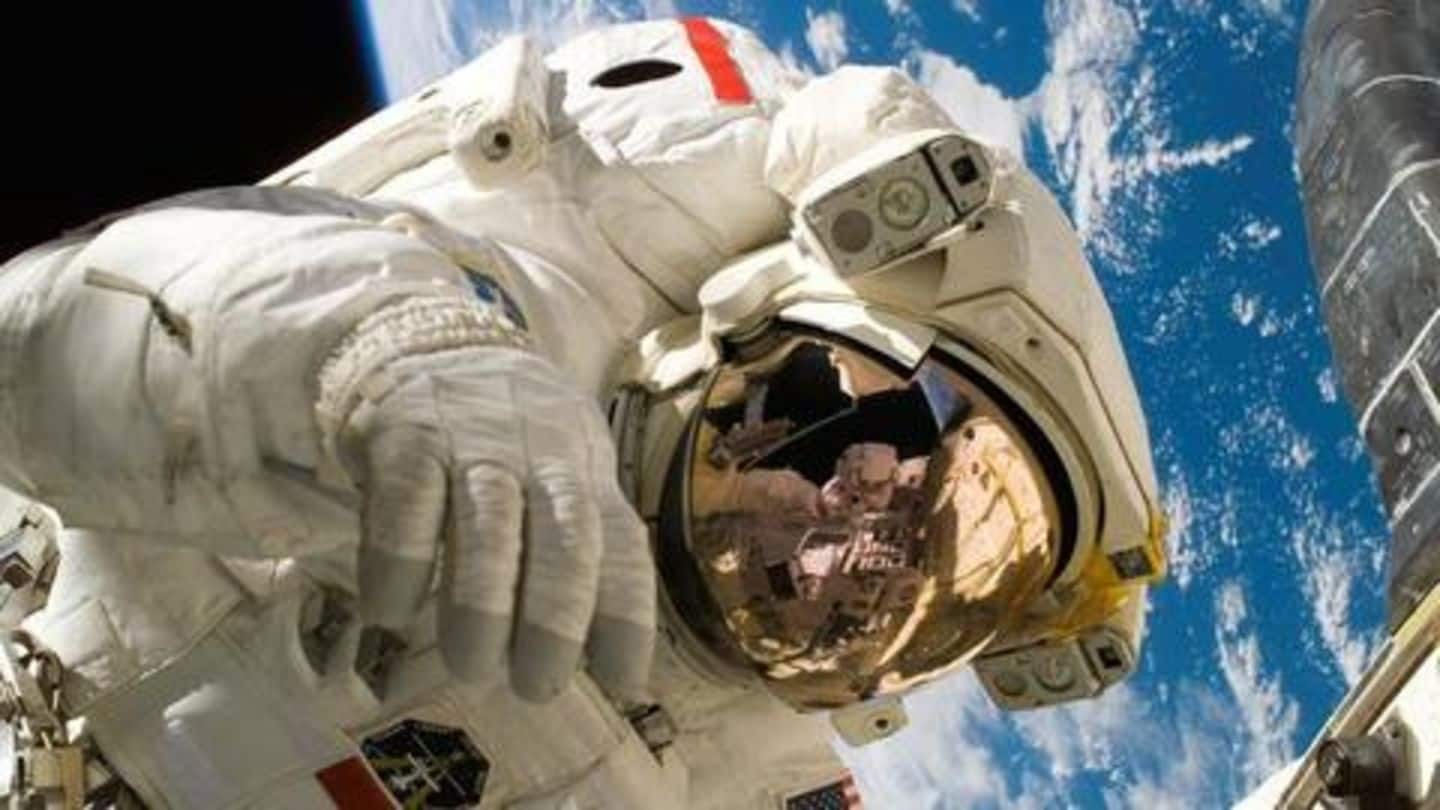
Body parts could be 3D printed to heal injured astronauts
What's the story
Humankind is spending more and more time in space, and these long-drawn space missions are only slated to get longer, with mega missions coming up.
Yet, prolonged periods in space require contingency plans for pretty much everything, including any medical emergencies that might crop up.
That's where 3D printing comes in: experts are contemplating using 3D printed biomass to heal injured astronauts.
Here's more.
Experts
Experts are already discussing 3D printed health solutions for space
Last month, experts in the field of regenerative medicine and 3D printing biomass got together at a workshop at the European Space Research and Technology Centre to discuss how 3D printing solutions could be used to treat injured astronauts during long-drawn space missions.
It might sound uber futuristic, but scientists have already made some headway to make such treatments a reality.
3D printing
Ligaments, tendons have already been 3D printed, more advancements await
3D printing has already made a discernible mark in the field of medicine, and already, the technology has been used to bioprint ligaments and tendons from stem cells.
3D printing biomass works in the exact same way as normal 3D printing does, but instead of using plastics/metal to print, 'bio-ink' consisting of human cells, nutrients etc. is used to print tissues, cartilages, etc.
ESA
ESA is already undertaking research to realize 3D printing biomass
Given such advancements, the European Space Agency (ESA) already has projects underway to make this technology usable in long-drawn extraterrestrial missions.
The agency is already undertaking research to develop technology that would enable it to bioprint "skin, bones, and body mass" in outer space.
Printing entire organs is the next step, but that's a goal for the next decade.
Space
Medical issues, leave alone emergencies, are already complicated in space
As it stands, astronauts who spend months in the zero gravity environment of the International Space Station (ISS) have to face issues like weakened bones and muscles.
These medical issues might become significantly more complicated as durations of space missions increase, and when interplanetary travel becomes a reality.
Space, after all, is an alien and hostile environment.
Missing link?
Could 3D printing enable super-long, exploratory space missions?
With lunar missions and Mars missions planned for the 2020s, astronauts will inevitably have to spend considerable amounts of time aboard spacecraft, as well as on alien cosmic bodies.
Being millions of miles away, returning to Earth would not be a feasible scenario in cases of medical emergencies. Neither would carrying bandages and antibiotics.
Could 3D printing prove to be the enabler for manned extraterrestrial exploration? It just might be.